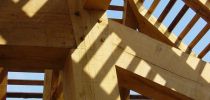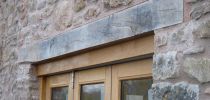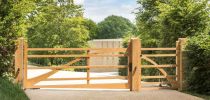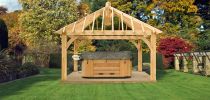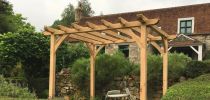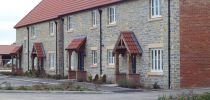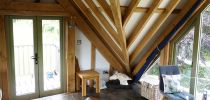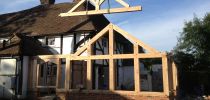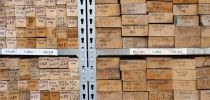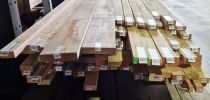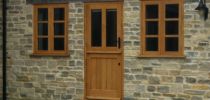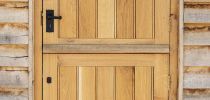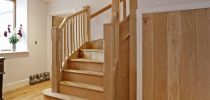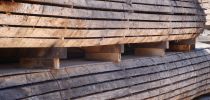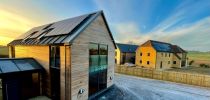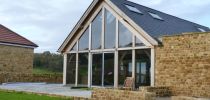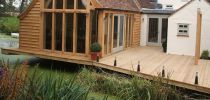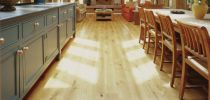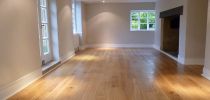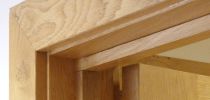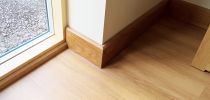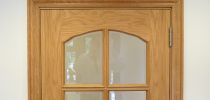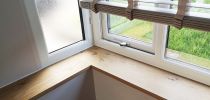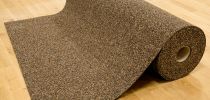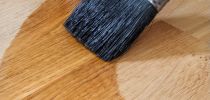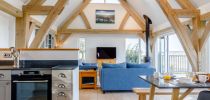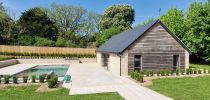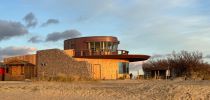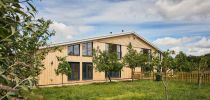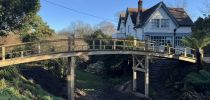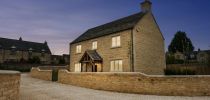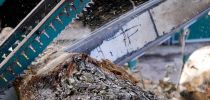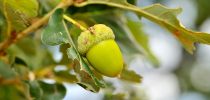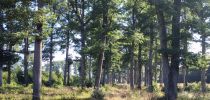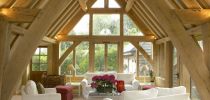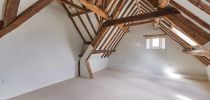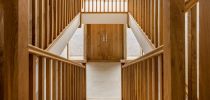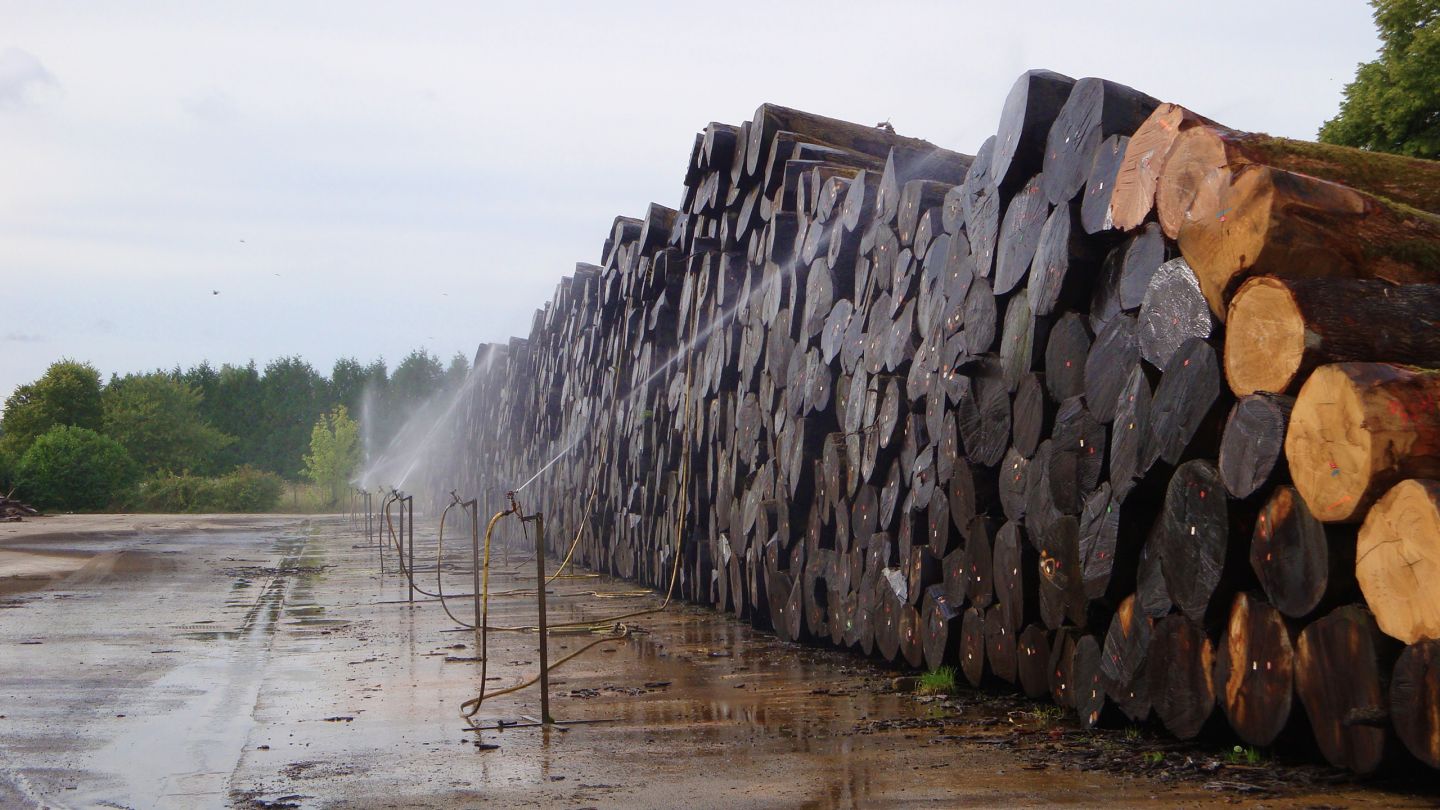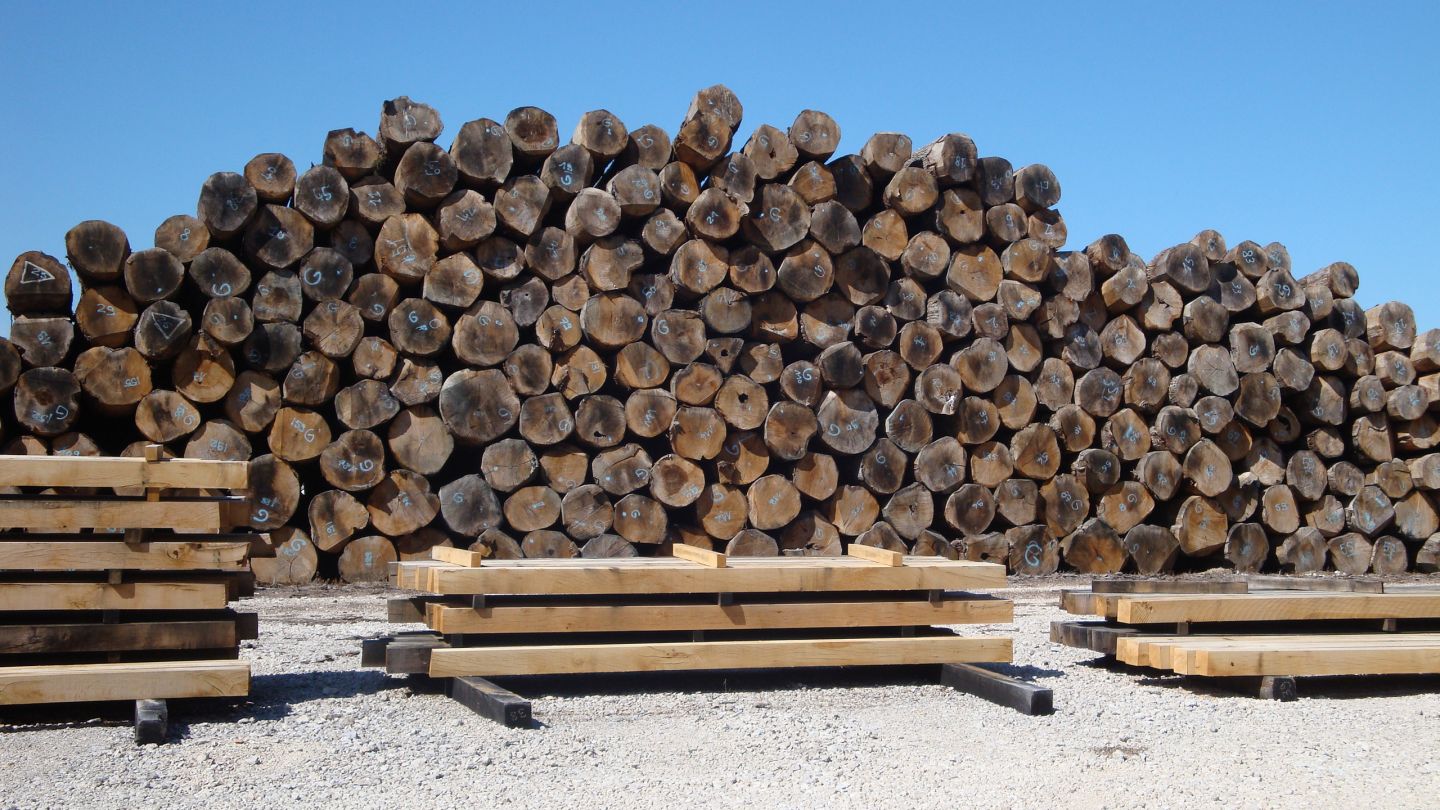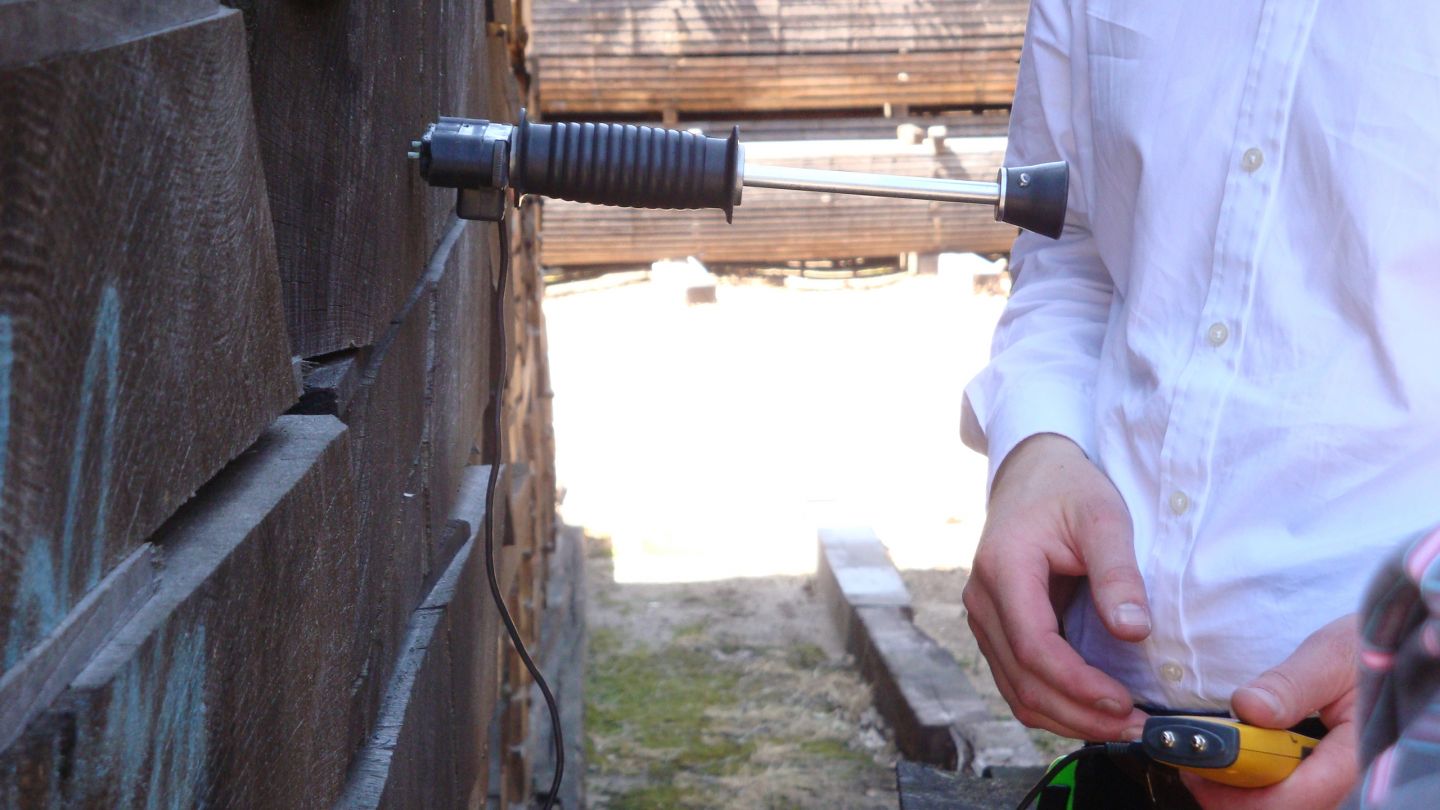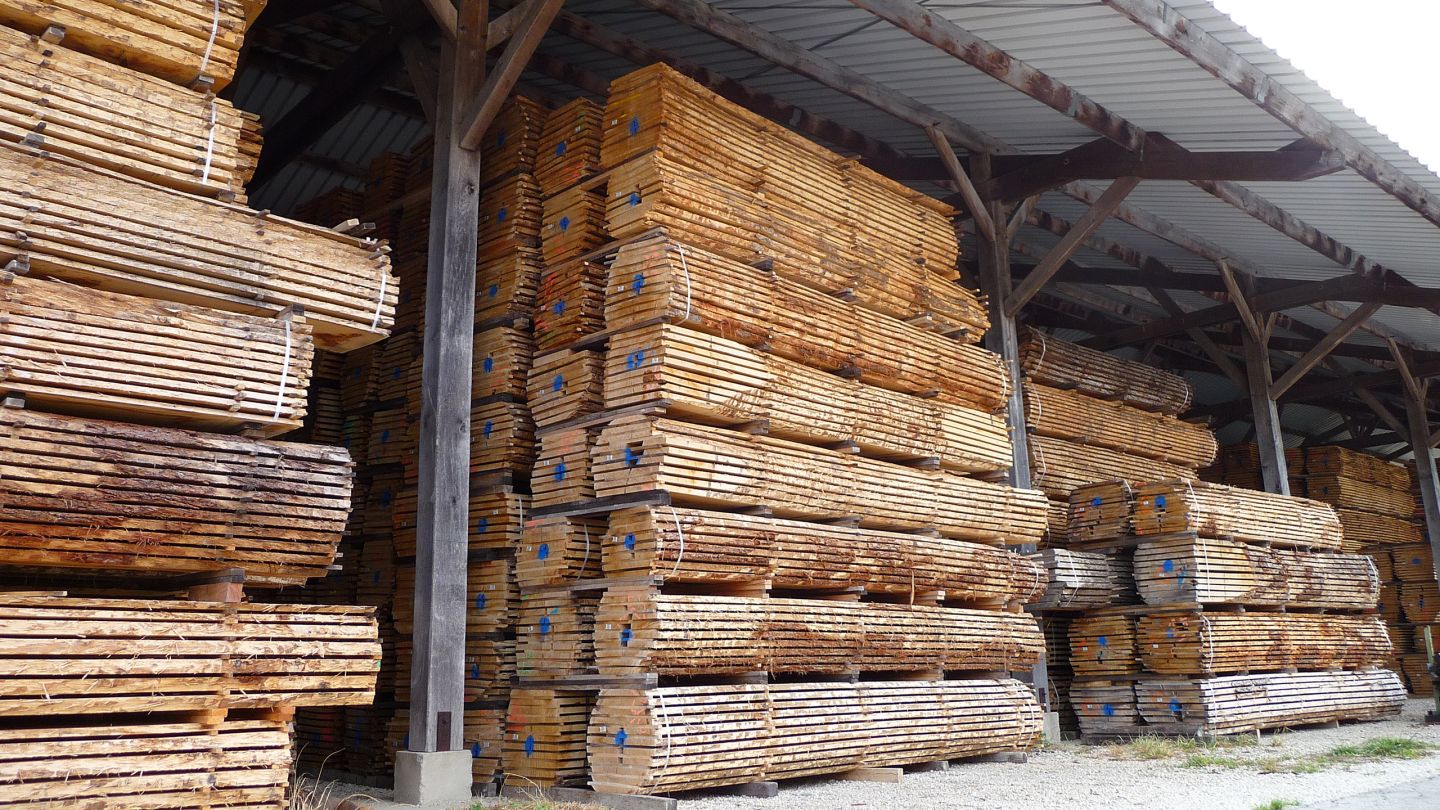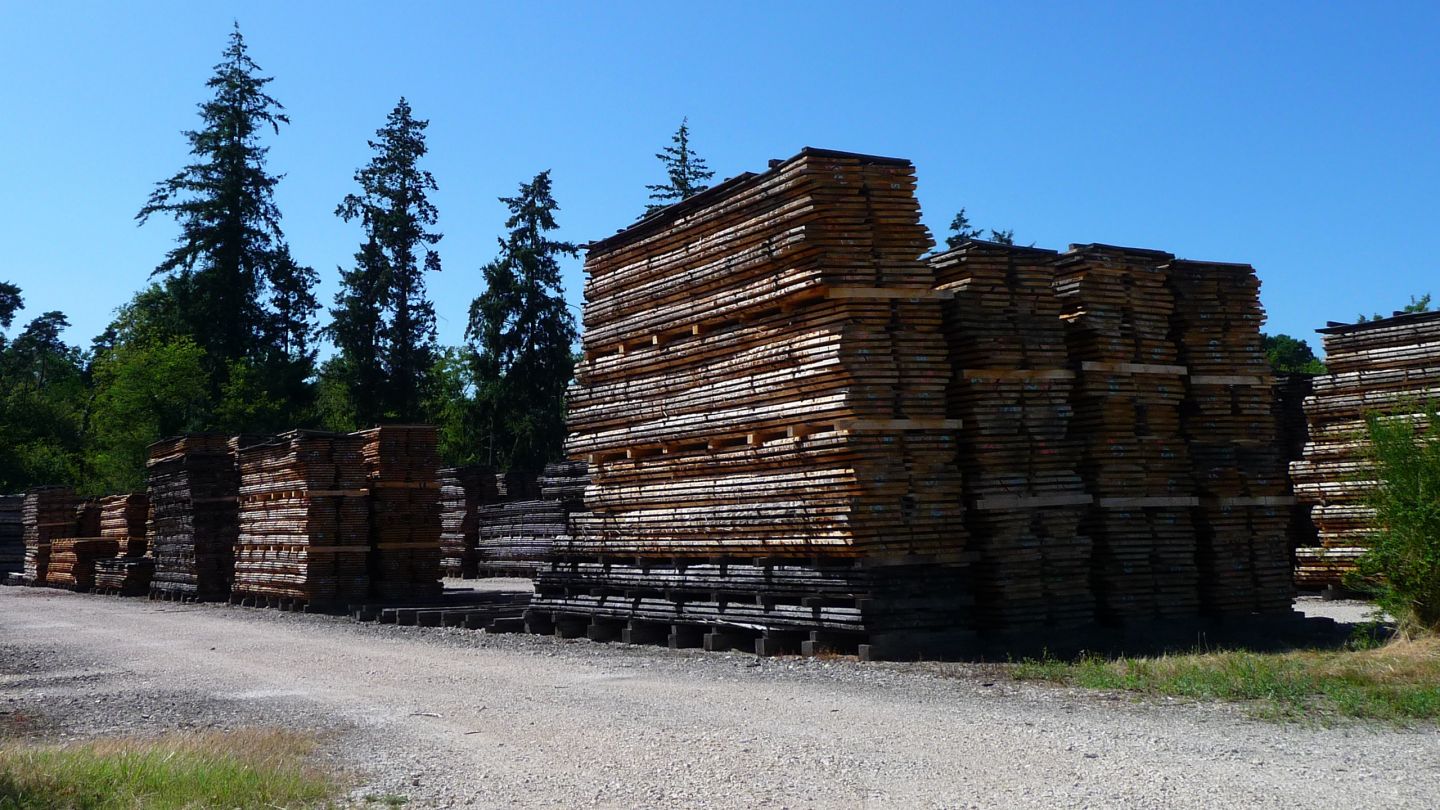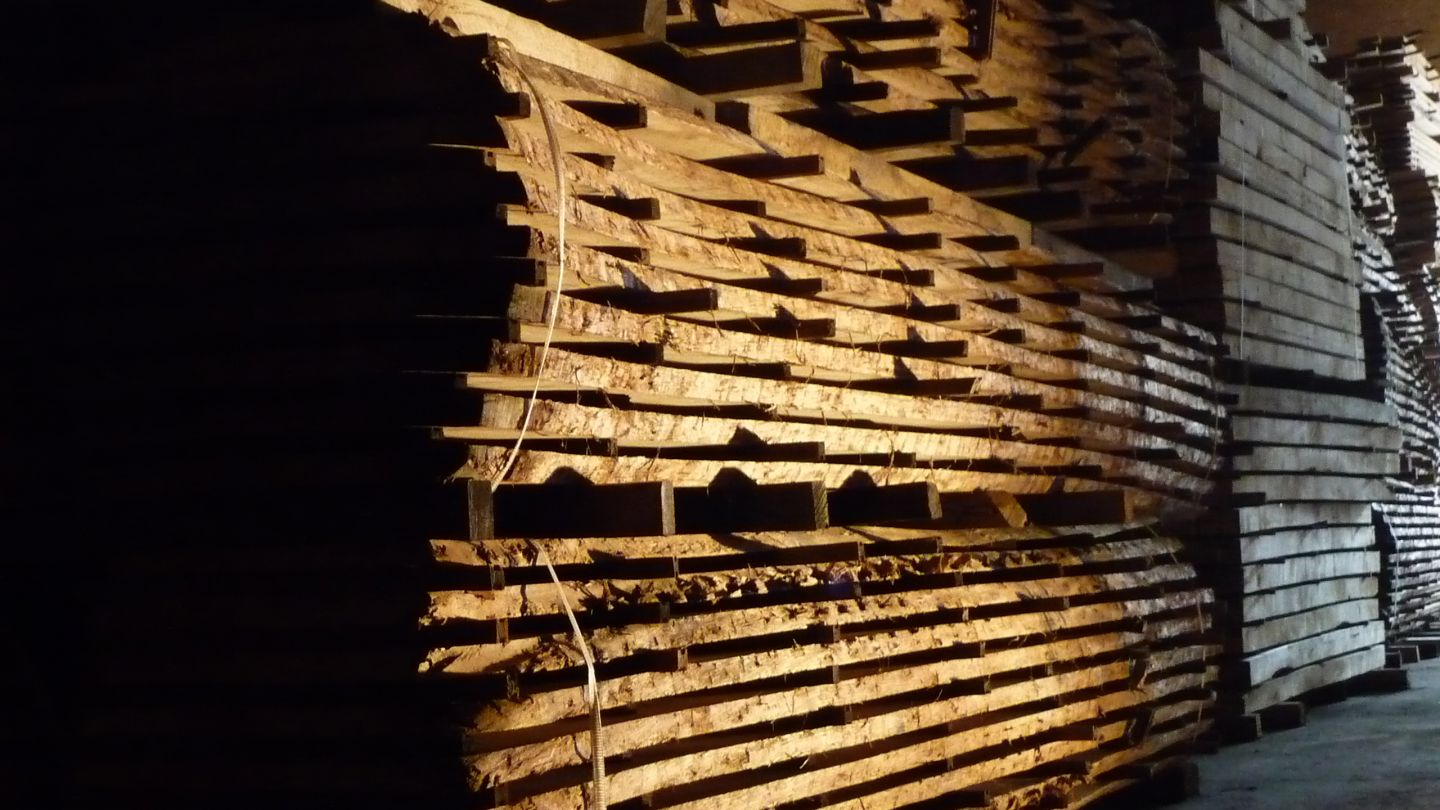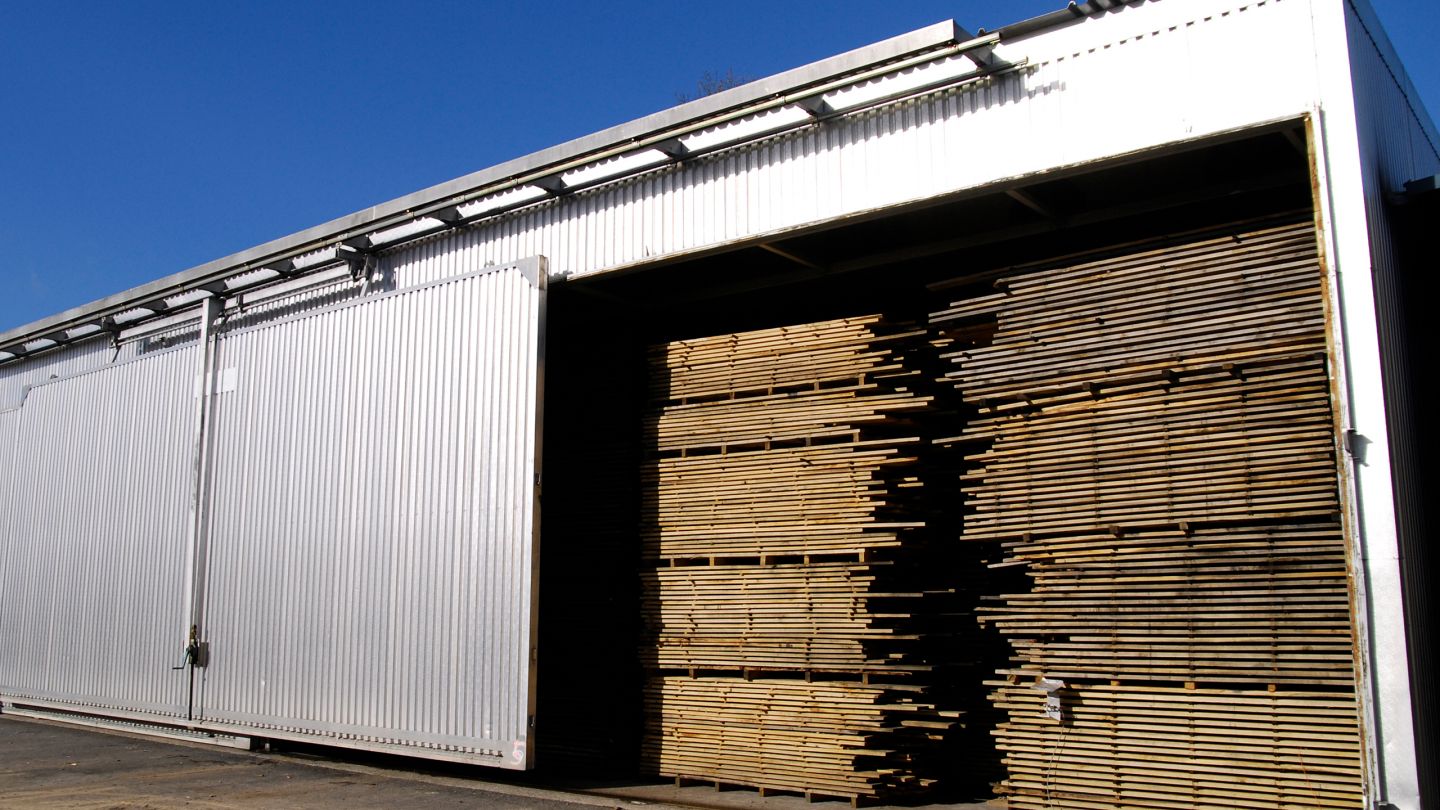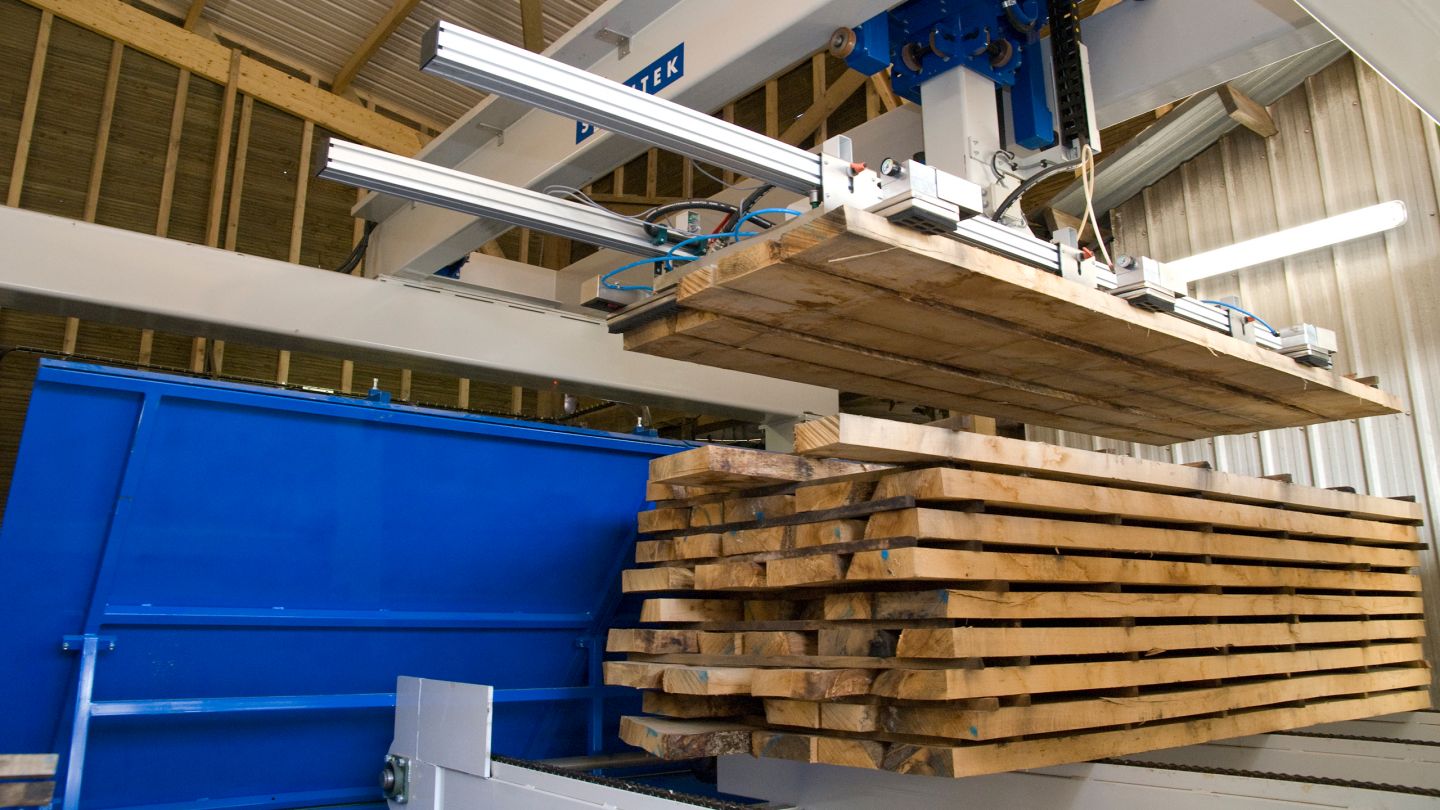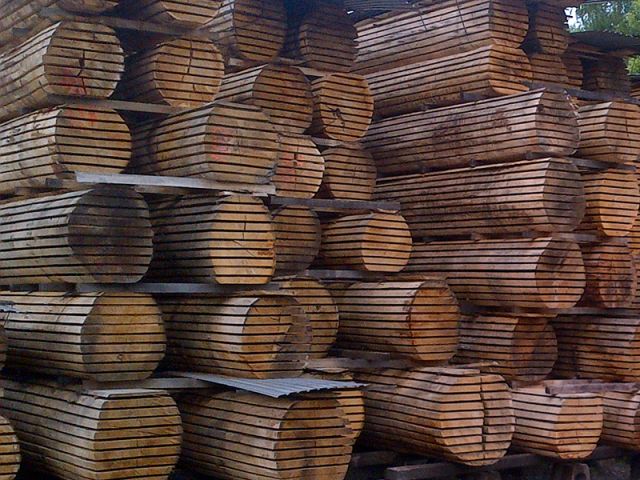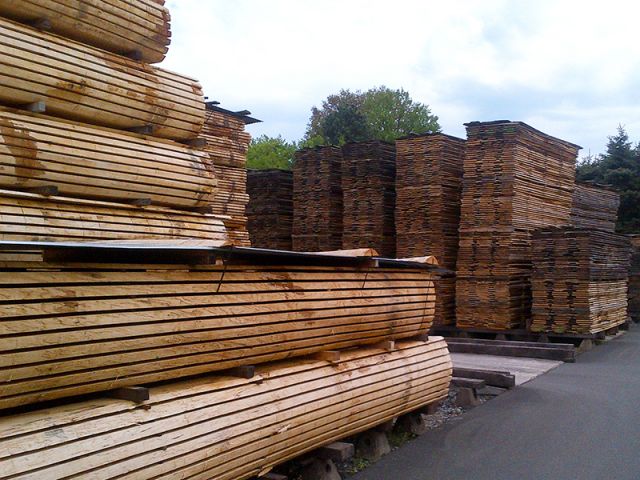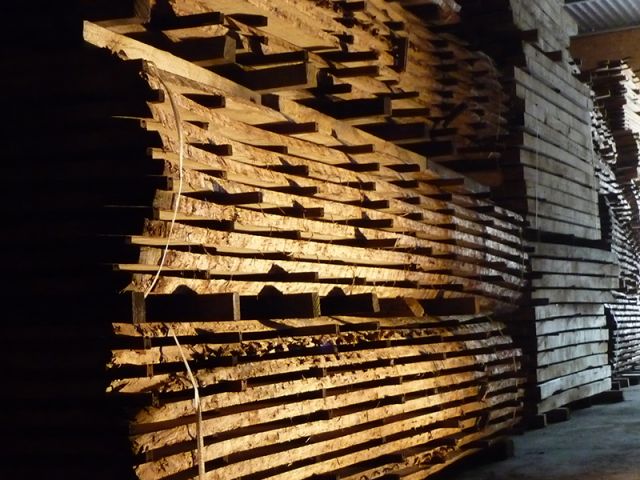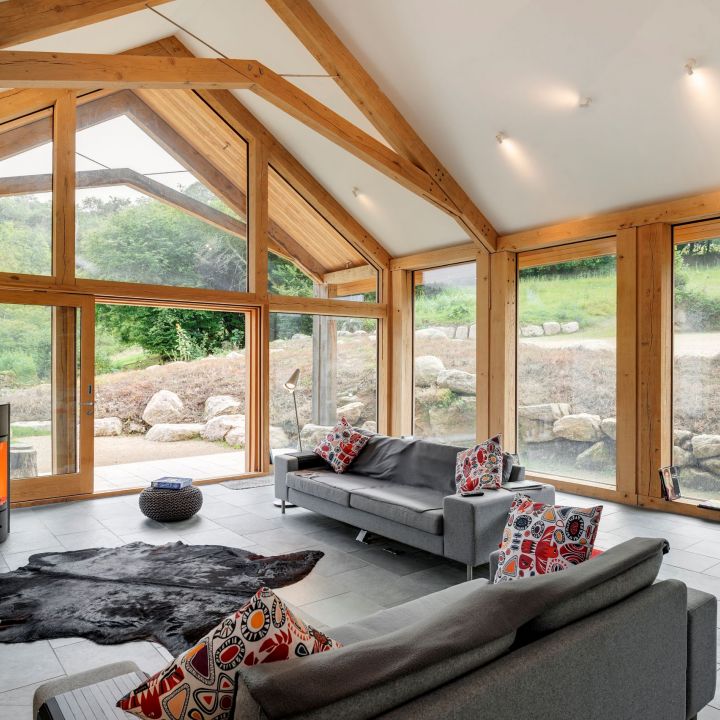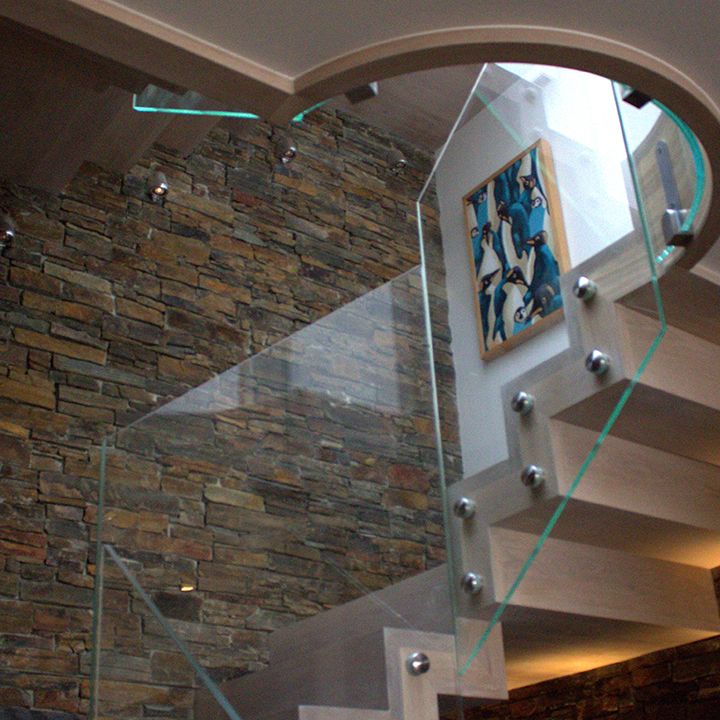
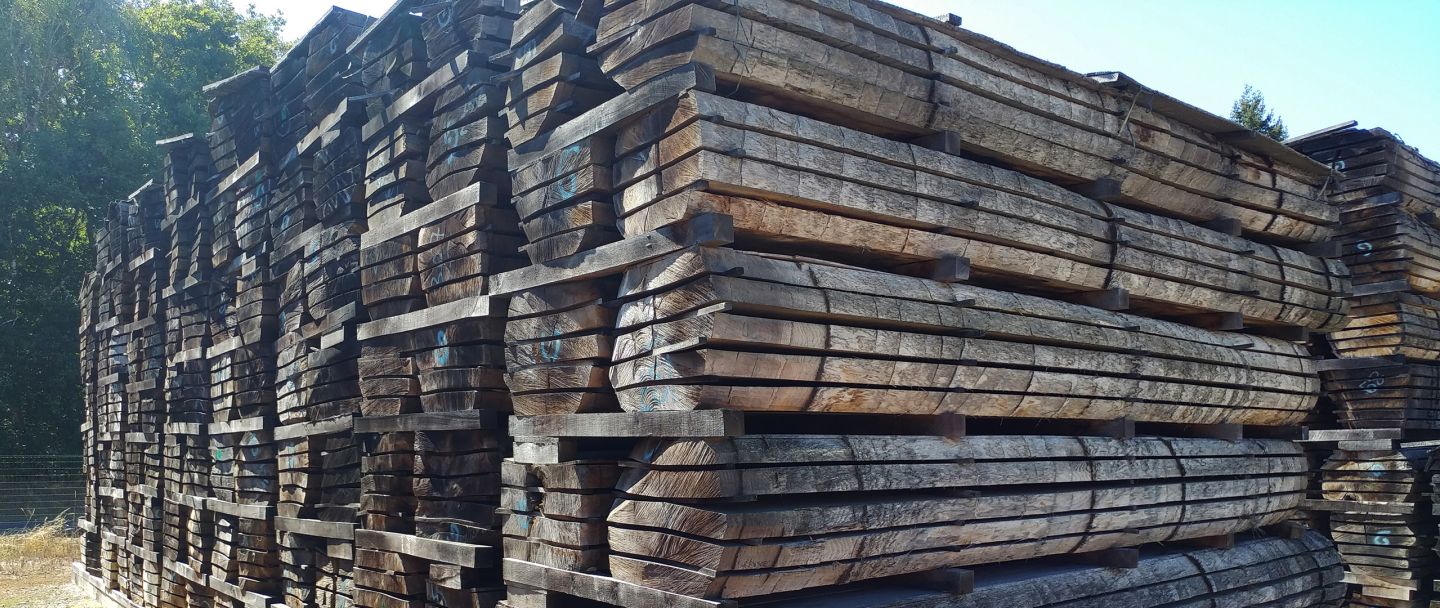
Joinery
Air Dried or Kiln Dried Oak?
Which should I use?
19th January 2023
A question that often arises when using Oak, but it’s a good one. It’s not always as obvious as we might think.
Broadly speaking, Air Dried is suited to exterior use as it’s naturally dried to a moisture level consistent with the outdoor environment, whereas Kiln Dried (by definition) is dried to a further level making it well suited to the typical indoor environment.
But what about the many varied situations like windows and doors, where there’s an internal and external face?
First of all, let’s take a look at why the drying process is so important and what it involves…
■ The Drying Process
Seasoning or drying of timber refers to the controlled process of reducing the moisture content to the point that is stable and suited for its intended use and final environment.
Oak is a timber that dries slowly and is prone to developing splits and checks (very slight splits) during the drying process, as well as shrinking (as most timbers do) as it dries out. Shrinkage is usually allowed for in the initial sawing process by cutting it oversize, and splitting is minimised by ensuring the environment remains correct throughout the process so that the moisture content does not reduce too quickly. The stacking and storage of the timber during the process is also critical to the final shape and condition of the timber.
The duration of the drying period and the final moisture content achieved, varies according to the thickness of the timber (see table below). Traditionally, for natural seasoning (Air Dried), the rule of thumb was to dry ‘a year per inch, plus a year’. However, with modern equipment this now tends to be governed by regular testing of the moisture content throughout the process.
■ Air Dried (AD)
Air Dried refers to timber that has been dried naturally in an outdoor environment, usually covered - in an open barn for example. Being dried naturally means there is limited control over the process, therefore it takes longer than Kiln Dried and is slightly more prone to splitting/checks across the face.
The result of this natural seasoning process is a stable timber that is very well suited to external applications such as gates, exposed external doors, balustrades, cladding and decking.
■ Kiln Dried (KD)
Kiln Dried refers to timber that has undergone an unnatural drying process (kilning) whereby the moisture is drawn out of the timber by increased air circulation and/or heat/humidity control.
The kilning process is more controllable than natural seasoning, enabling the timber to be dried to a lower moisture content and hence making it suitable for internal environments.
The timber can also be dried more quickly and predictably through kilning, although all Oak must undergo a period of natural seasoning first. Great care must then be taken during the kiln drying to ensure the process does not occur too quickly, otherwise various structural issues can occur.
■ What happens when Air Dried is used inside or Kiln Dried outside?
Where the timber is not at a suitable moisture content for the environment it’s placed in, it will often react: either shrinking (drying out further), expanding (taking in moisture) or just slightly changing shape in situ.
Depending on the extent, movement can have major consequences to the point that seals breakdown or joints pull or are pushed apart (blow), causing joinery to completely fail. In most cases it is only slight but can still make a finished piece of joinery very unsightly with open/uneven joints.
So it’s worth getting it right!
■ An internal and external face?
For completely internal or external joinery it is an obvious decision: for external joinery such as gates, you should use Air Dried; for internal joinery such as a staircase you must use Kiln Dried. But where the joinery has an internal and external face it gets harder to define. It’s a judgement you have to make. Ask yourself questions about the property:
How dry is the interior likely to be? How constantly/well heated is it?
For example, a well-insulated, efficiently heated house will likely have a low humidity level and the timber must be well suited to this (KD), whereas for an old Church or Outbuilding that is well ventilated, the humidity level is likely to be closer to an outdoor environment, so AD will suit better.
You must equally think about the outside face:
How exposed are the outside faces to the elements? Is the property particularly subject to heavy or changing weather? If so, Air Dried is likely to react less than Kiln Dried, being at a natural moisture content to the outdoors.
Some situations allow you to take advantage of both - for instance a south facing door straight into a heated interior - it may be best to make the frame from Kiln Dried and the boards from Air Dried.
We hear about many varied situations and sometimes there is not an obvious answer, but being aware of the risk and if you consider the factors above, you are very likely to come to the right conclusion.
If you'd like to discuss a project or situation then we'll be glad to talk it through with you. We're here to support!
(Sources: Geoffs Woodwork, Trada)

